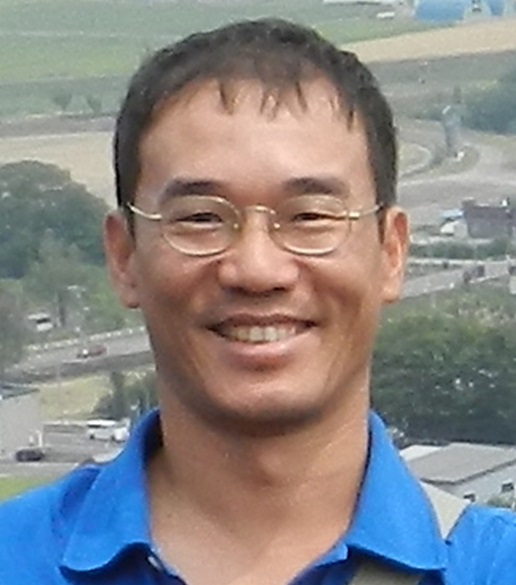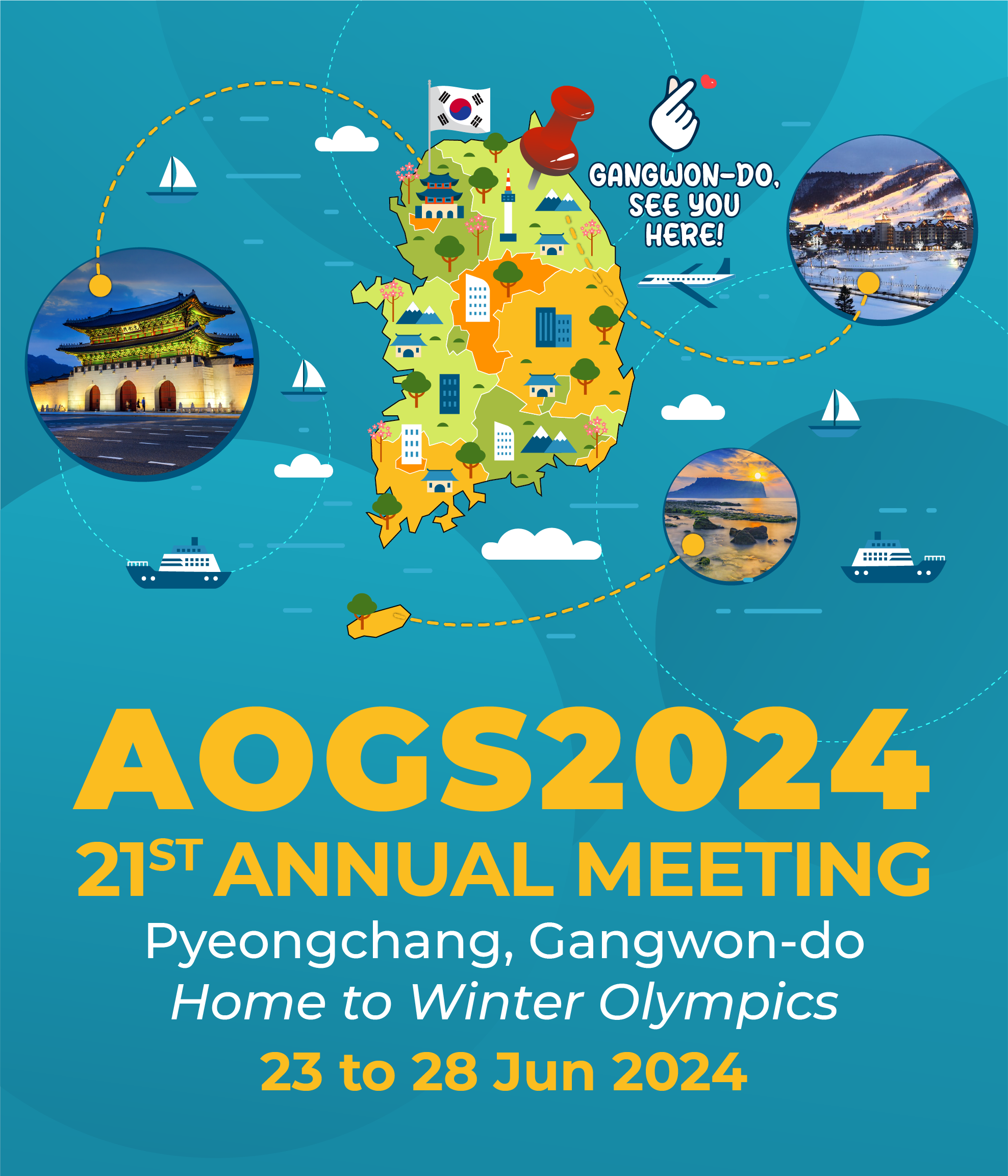
SE Distinguished Lecture | 27 Jun (Thu) 11:00 AM - 12:30 PM | Pyeongchang Hall III, Alpensia Convention Center

J. Bruce H. SHYU
Professor
Department of Geosciences
National Taiwan University
J. Bruce H. Shyu is currently a Distinguished Professor at the Department of Geosciences, National Taiwan University. Prof. Shyu obtained both of his Bachelor and Master of Science degrees from the National Taiwan University, and a Ph.D. degree in Geology from the California Institute of Technology in Pasadena, CA, USA. He has been an assistance professor, associate professor at the National Taiwan University, and a full professor since 2017. Prof. Shyu’s primary research interests include earthquake geology, tectonic geomorphology, paleoseismology, and surface processes. In the past two decades, Prof. Shyu and his research group have been working on understanding geological hazards related to earthquakes, tsunamis, landslides, and extreme events. Following the ground-breaking results of the first ever version of probabilistic seismic hazard map of Taiwan, Prof. Shyu’s team has refined and updated the active seismogenic structure database of Taiwan, providing better constrains for all future studies on earthquake hazard assessments. Furthermore, Prof. Shyu has been working on understanding the landscape evolution processes, including the interaction between surface processes, tectonic activities, and climatic changes. With his prolific research profile, Prof. Shyu has been awarded many prestigious honors, including the outstanding research award from the National Science and Technology Council, Taiwan. Prof. Shyu has also been working intensively in serving the scientific communities especially in Asia, including being editorial board members for 6 international journals, served as international council or committee members for the International Union for Quaternary Research (INQUA) and the Geological Society of America (GSA), as well as the Solid Earth Section President (2018-2020) for AOGS.
Upper-Plate Structures Along Major Convergent Plate Boundaries: Structural Characteristics and Earthquake and Tsunami Hazards
Upper plate structures that splay out from the megathrusts are a common feature along major convergent plate boundaries. Their earthquake and tsunami hazard potentials and the roles they play in the long-term landscape development for those plate boundary belts, however, have yet received significant attention. In several historical subduction zone earthquake events such as the 1964 Alaskan earthquake, failure of large upper plate splay faults was involved. This indicates the potential of important contribution of these structures in future earthquake events.
To understand the importance of upper plate structures, we studied a few major convergent plate boundaries in the world, including the Arakan subduction belt along the western Myanmar coast, the Atacama Basin along the western Andes, and the Manila trench. Along the Arakan megathrust, our results suggest that the 1762 Arakan earthquake, the last major seismic event along this plate boundary belt, resulted from ruptures of both the megathrust and upper plate splay faults. We have also identified several previous earthquake events that are likely produced primarily by these upper plate structures. In western Andes, upper-plate structures appear to play important roles in the accommodating of plate convergence and the building of primary topography. On the other hand, upper-plate structures may have produced large earthquake and tsunami events in the past, and will have important hazard potentials for the Manila trench region. These observations illustrate the potential importance of such structures in the structural evolution and future hazards along major plate boundary belts.
